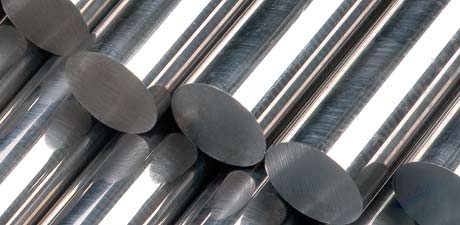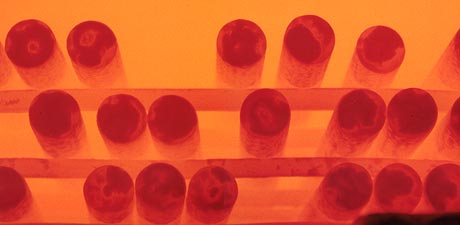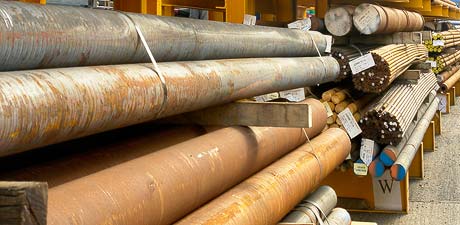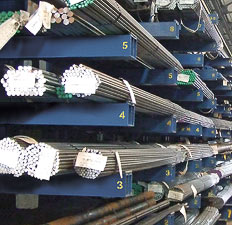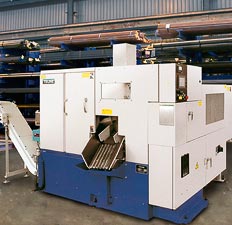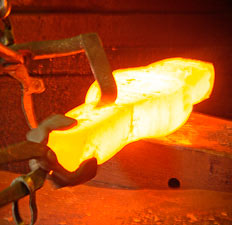Technical Data
Metallurgical Terms
N.
Chemical symbol for nitrogen.
Na.
Chemical symbol for sodium.
Nb.
Chemical symbol for niobium.
Negative Segregation.
(See Inverse Segregation).
Ni.
Chemical symbol for nickel.
Nitriding.
Nitriding is a surface treatment applied to engineering components that have previously been heat treated and machined to final shape and size. The process develops a very hard surface layer on the treated component which is resistant to wear. In normal circumstances there is no distortion of the component associated with this process. The process is based on the absorption of nitrogen by the steel. There is a range of steel specifications that are suitable for surface hardening using one of the nitriding processes.
Noble Metals.
Metals such as gold and platinum which are resistant to corrosion by all but the most powerful acids, such as aqua regia, i.e., a mixture of 3 parts hydrochloric acid and 1 part nitric acid.
Nodular Iron.
(See Cast Iron).
Non-Ageing Steel.
Low carbon steel to which is added an element (usually aluminium, less commonly titanium or vanadium) which stabilizes the active nitrogen or carbon to prevent stain ageing.
Non-Destructive Testing.
Any form of testing which does not result in permanent damage or deformation to the part being tested. Examples are ultrasonic inspection, X-ray inspection, gamma radiography, magnetic crack detection and dye penetrant inspection.
Non-Magnetic Steels.
Austenitic steels, such as 14% manganese, 25% nickel and 18/8 chromium-nickel steels, under normal conditions.
Normalizing.
Heating to, and, if necessary holding at, a suitable temperature, i.e., about 50°C above the transformation range followed by cooling in still air so that moderately rapid cooling occurs, the object being to relieve internal stresses, refine the grain size, render the structure more uniform, and improve the mechanical properties. It is used specially for large forgings or castings which cannot be quenched and tempered, and to produce a more uniform structure than exists in untreated pieces.
Notch Impact Value.
(See Impact Test).


